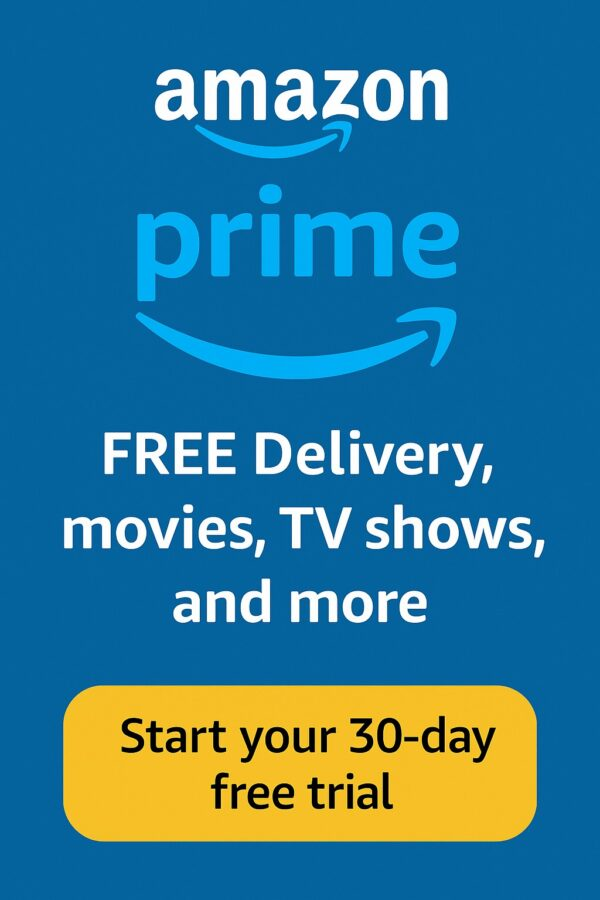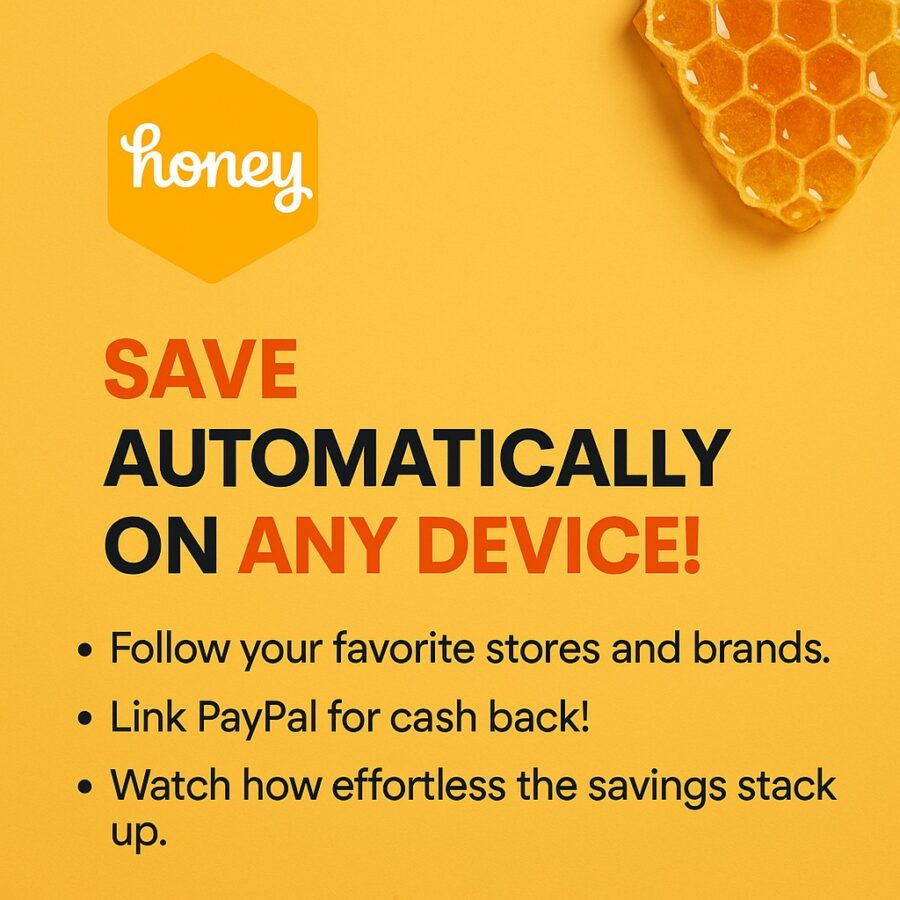Views: 1
There is a quiet market for clear thinking. Busy founders, freelancers, and teams purchase well designed prompt systems because they want consistent outcomes without the guesswork. If you package those systems with care, you can ship useful products in days, not months. This guide shows how to plan, price, and promote 9 Profitable Prompt Packs You Can Sell This Month. We will anchor each idea in a real workflow, share a concise outline, and include a copy-paste starter so you can move from reading to building today. You will also see where to list prompt packs, what to disclose on marketplaces, and how to avoid common legal traps, with sources cited for the practical bits. (PromptBase)
The goal is simple. Create compact, outcome-driven prompt packs that solve one job well. Make them fast to learn, easy to repeat, and friendly to upgrade. Keep the tone humane. Buyers remember how your product made the hard parts feel smaller. That is how 9 Profitable Prompt Packs You Can Sell This Month becomes more than a headline and turns into revenue.
Where and how to sell prompt packs
You have several viable storefronts. Prompt marketplaces like PromptBase invite creators to upload prompts, connect Stripe, and start selling with minimal overhead. You can also publish on Gumroad, bundle prompts with short PDFs, and sell to your existing audience. If you lean toward craft marketplaces, Etsy allows AI-assisted goods when the seller discloses the role of AI in the listing. Read the rules and disclose clearly. This protects you and builds trust. (PromptBase)
Demand signals exist in service marketplaces as well. Fiverr’s briefings in 2025 highlight interest in AI agents and workflow services, which aligns with buyers paying for structured prompts and mini-systems that automate tasks. Freelance trend notes point to rising interest in prompt engineering and AI automation as paid services. Where services surge, productized versions often sell. (Fiverr.com)
Before you build, mind the basics. Purely machine-generated outputs without meaningful human authorship are unlikely to qualify for copyright protection in the United States. If you provide original explanatory text, process diagrams, or custom examples, you add the human creativity that courts and agencies recognize. The short version is to design prompt packs as instructional systems, not raw text dumps. (The Verge)
How to structure a high-value prompt pack
Each pack should include five parts:
- A one-page quick start with the promise, inputs required, and step count.
- Five to nine prompts arranged in a dependency chain, so each step informs the next.
- A troubleshooting page with failure patterns and fixes.
- Two worked examples with real outputs and edits.
- A license and usage guide that clarifies personal or team rights.
Price small packs at a friendly entry point and give a coupon for upgrades. Add a short video or GIF showing the sequence. Keep every sentence short enough to read on a phone. That is how your product becomes usable the moment it is purchased. Pair the pack with a Notion worksheet if your audience likes templates. Notion’s thriving template ecosystem shows that many buyers prefer checklists and boards paired with prompts. (Notion)
Affiliate Link
See our Affiliate Disclosure page for more details on what affiliate links do for our website.

1) LinkedIn Post, DM, And Carousel System
Who buys: solo consultants, creators, sales reps.
Promise: publish three posts per week, two respectful DMs per day, and one weekly carousel.
What you include: hooks library, comment choreography, DM scripts, and a 10-slide carousel outline.
Prompt: Write a LinkedIn post using Hook, Context, Core, Invite. Topic: a mistake my clients keep making. Keep to 180 words. End with one question that invites a specific example.
Deliverables: 20 hooks, 12 post templates, 6 DM notes, 4 carousel outlines, quick SOP.
Why it sells: it compresses the weekly loop into repeatable steps.
Where to promote: your profile and a “carousel sampler” PDF.
Carousels and well timed comments continue to perform for many accounts, and creators look for playbooks that fit within platform norms. Cite the performance angle lightly in your sales copy and focus on outcomes buyers can repeat. (Reddit)
2) Cold Email To Warm Reply Kit
Who buys: agencies, freelancers, small B2B teams.
Promise: write short emails that earn replies without sounding robotic.
What you include: research prompt, 4-line message generators, objection handling, and a reply follow-up.
Prompt: From this LinkedIn profile and website, extract one recent initiative and one likely pain. Draft a 4-line email that references both. No flattery. One question at the end.
Deliverables: 12 research prompts, 9 message frameworks, 6 follow-ups, quality check list.
Why it sells: teams want consistent tone and legal-safe personalization.
Add a short legality and consent page. Explain that your pack helps write emails, but users must follow regional laws and platform rules. Buyers appreciate that you think like a grown-up.
3) SEO Briefs That Writers Actually Use
Who buys: content teams that need briefs with clarity.
Promise: create briefs that writers and editors understand on first read.
What you include: topic map prompts, intent classifier, outline maker, and internal link mapping.
Prompt: Classify the search intent for these five queries and choose one primary intent. Output title, H2 plan, two questions to answer, and three internal links I should create.
Deliverables: 8 prompts, a one-page brief template, examples of good and weak briefs.
Why it sells: briefs often fail due to vagueness or bloat. Your pack keeps them tight.
Publish a sample brief with a real topic and redacted data. Show your taste.
4) YouTube Research, Scripts, And Thumbnails Flow
Who buys: creators and small media teams.
Promise: pull topic angles, draft scripts, and generate thumbnail copy that passes the three-second test.
What you include: audience hook prompts, beat-sheet script builder, and thumbnail copy split-tests.
Prompt: Turn this idea into a 7-beat script outline with one line per beat. Add two alternative titles and four short thumbnail text options under 4 words each.
Deliverables: 12 prompts, a script page template, and a checklist for retention beats.
Why it sells: many creators can film, but they struggle to structure content and hook design.
Bundle a CSV of hook frameworks so buyers can import and track tests in their own sheets.
Affiliate Link
See our Affiliate Disclosure page for more details on what affiliate links do for our website.
5) E-commerce Product Page Optimizer
Who buys: Shopify owners, Amazon sellers, and boutique brands.
Promise: consistent product descriptions, benefits bullets, and FAQ with a tone guide.
What you include: brand voice primer, attribute extractor, benefit converter, FAQ generator, and micro-copy for calls to action.
Prompt: From the attributes below, write a benefits-first product description in under 120 words. Add three bullets and one short FAQ answer. Keep the brand voice: practical, friendly, and specific.
Deliverables: 10 prompts, a dataset blueprint, and a before-after example.
Why it sells: sellers repeat similar tasks across large catalogs and care about speed with consistency.
Offer a small sheet that maps attributes to benefits. That makes your pack feel like a toolkit rather than a document.
6) Client Intake, Proposal, And Scope Pack
Who buys: agencies and consultants.
Promise: run cleaner discovery, write clearer proposals, and prevent scope drift.
What you include: intake clarifier, risk flags, scope outline, and assumptions list.
Prompt: Extract business goal, audience, budget range, timeline, assets, KPIs, and risks from this discovery call note. Output a one-paragraph summary and five yes-no questions for missing items.
Deliverables: 9 prompts, a proposal skeleton, and a pricing notes page.
Why it sells: teams lose margin when intake and scope are vague. Your pack turns chaos into checklists.
Mention that structured intake and workflow tooling are trending in the services economy. Buyers see they are not alone in wanting order. (Fiverr.com)
7) Customer Support Macros For AI Assistants
Who buys: small shops that field repeated questions.
Promise: consistent tone, faster first responses, and clear escalation paths.
What you include: categorizer prompt, response templates, refund logic, and human handoff messages.
Prompt: Classify the ticket into one of eight categories and write a first response in 100 words or less with two verification questions. If refund is mentioned, add the policy excerpt and a next step.
Deliverables: 12 prompts, a tone card, and a macro library by category.
Why it sells: owners want shorter queues and fewer errors.
Position this pack as a speed-with-care solution and include a privacy note. Responsible tone builds trust.
8) Course In A Weekend Outliner
Who buys: creators and coaches who want a tight first draft.
Promise: outline a course, write lesson beats, and draft workbook pages.
What you include: learner profile prompt, outcome matrix, lesson beats, and worksheet builder.
Prompt: Define the learner, pain, and desired outcome in one line each. Draft a 6-lesson outline with learning objective, key exercise, and success check mark for each lesson.
Deliverables: 10 prompts, two full examples, and a worksheet pack in Notion.
Why it sells: it shortens the distance between idea and publish.
Add a gentle note on originality. Encourage users to layer their own stories and screenshots.
9) Research To First Draft System
Who buys: bloggers, analysts, and B2B marketers.
Promise: pull sources, summarize, cite, and draft in a day.
What you include: search query prompts, source cards, synthesis outline, and draft scaffolds.
Prompt: Turn these three links into source cards with summary, one quote, one statistic with units, and one limitation. Then propose a 5-section outline that groups the claims.
Deliverables: 12 prompts, a source table template, and an evidence check list.
Why it sells: many writers struggle to move from tabs to a defensible draft.
Tie your copy to the rising interest in prompt platforms and team workflows. Buyers like to know you built for current practice, not yesterday’s fad. (Design Whine)
Affiliate Link
See our Affiliate Disclosure page for more details on what affiliate links do for our website.
Packaging, pricing, and positioning
Packaging: deliver as a clean PDF plus a TXT and a Notion link. The PDF sells the system. The TXT makes copy-paste easy. The Notion board helps users track actions. Notion’s large template gallery is proof that many buyers enjoy workspace-friendly products. (Notion)
Pricing: choose a simple ladder. Starter at a friendly price for one pack. Bundle three packs at a modest discount. All-access bundle for teams with periodic updates. If you are listing on a marketplace, scan comparable listings to avoid anchoring too high or too low. PromptBase showcases many categories, which helps you benchmark scope and price. (PromptBase)
Positioning: sell outcomes, not word counts. Avoid inflation like “10,000 prompts.” Buyers want fewer moving parts and stronger results. Show a before-after screen or a one-minute workflow GIF. If you reference marketplace performance tropes, temper them with honesty. Some creators warn that hyped income claims mislead newcomers. Anchor your pitch in quality and repeatability. (Medium)
Marketplace disclosure and ethics
If you list on Etsy, disclose the role of AI in creation per its creativity standards and policy updates. Use clear language in your listing so buyers know how you made the product and how they should use it. Keep your examples original and avoid using trademarks in ways that confuse buyers. Link to your license page. Marketplaces and press coverage have both emphasized transparency for AI-assisted goods. (Etsy)
On Fiverr or similar platforms, you can pair your prompt pack with an add-on service that installs the pack into a client’s workflow or customizes a voice card. Trend briefings suggest clients are buying AI agents and workflow services, which aligns with productized prompt systems. Position your pack as the fast path and your service as the premium path. (Fiverr.com)
For copyright, add human creativity beyond bare prompts. Write your quick start guide, diagrams, and examples in your own voice. The U.S. Copyright Office has clarified that purely AI-generated works based only on prompts lack protection, while human-authored elements can be protected. Design accordingly. (The Verge)
Simple launch plan for 7 days
Day 1: Problem interviews. Talk to five prospects. Ask where they lose time.
Day 2: Build the smallest useful version. Five prompts and one example are enough.
Day 3: Design the quick start PDF. Keep it on a single page.
Day 4: Record a 60-second demo. Show inputs and outputs.
Day 5: List on two storefronts. For example, Gumroad and PromptBase. (Gumroad)
Day 6: Publish two samples. A carousel and a thread with a clip.
Day 7: Send early-buyer coupons. Ask for one sentence reviews with permission to quote.
Add a tiny CRM field for “use case.” You will learn which packs need version 1.1 first. Keep updates small and regular rather than large and rare. That habit strengthens trust with buyers and makes your catalog easier to maintain.
Product page copy that converts
Use this structure:
- Who it is for: one sentence.
- What it does: one sentence.
- What you get: short list.
- How long it takes: short estimate.
- Proof: two screenshots and one short testimonial.
- FAQ: ownership, license, updates, and refund terms.
Include a disclosure line when relevant: “Created by a human using AI tools for drafting examples. All instructions and frameworks are original and human authored.” This aligns with marketplace guidance and avoids confusion. (Etsy)
Upsell and cross-sell ideas
- Offer a “voice card” add-on that converts brand tone into prompts across packs.
- Provide a Notion board that tracks testing and results by pack. Notion buyers like systems they can extend. (Notion)
- Add a quarterly “Prompt Maintenance” subscription that includes two updates per pack when platforms or best practices shift.
Frequently avoided mistakes
Too many prompts, not enough clarity. Heavy packs look impressive but stall adoption.
No real examples. Buyers need to see input and output pairs.
Ignoring platform norms. A LinkedIn pack that suggests spam will not last.
No disclosure where required. Read the marketplace rules first. Etsy expects clear AI disclosure. (Etsy)
Shaky legal claims. Do not promise exclusive rights to content you cannot control. Some platforms note that outputs may not be unique. Keep your license honest. (The Verge)
Affiliate Link
See our Affiliate Disclosure page for more details on what affiliate links do for our website.
](https://altpenguin.com/wp-content/uploads/2025/08/veed-ad.webp)
One-page templates for each pack
Below are mini blueprints you can paste into your document today. Each pairs a promise with a core sequence and a test.
LinkedIn System
Promise: three posts, two DMs, one carousel per week.
Sequence: idea map, post draft, comment plan, carousel draft, DM notes.
Test: publish in five days and measure comments and saves.
Cold Email Kit
Promise: first replies in 14 days.
Sequence: persona research, 4-line draft, objection bank, reply follow-ups.
Test: track reply rate and positive replies.
SEO Briefs
Promise: briefs writers accept on first pass.
Sequence: query clustering, intent, outline, internal links, success metric.
Test: count revisions and cycle time.
YouTube Flow
Promise: weekly video shipped.
Sequence: topic scan, 7-beat outline, script fill, thumbnail copy, description.
Test: measure retention at first 30 seconds.
E-commerce Optimizer
Promise: consistent product pages at speed.
Sequence: attributes, benefits, FAQ, call to action, A/B test ideas.
Test: improve product page save-to-cart rate.
Client Intake And Scope
Promise: fewer surprises, cleaner proposals.
Sequence: extract fields, risk flags, scope draft, assumptions, sign-off.
Test: track approval time and scope changes.
Support Macros
Promise: faster first responses with empathy.
Sequence: categorize, respond, verify, escalate, close.
Test: measure first response time and resolved at first reply.
Course Outliner
Promise: outline a course in one weekend.
Sequence: learner profile, outcomes, lesson beats, exercises, worksheets.
Test: build one lesson and pilot with five people.
Research To Draft
Promise: from links to draft in a day.
Sequence: query prompts, source cards, outline, section drafts, evidence check.
Test: time to first draft and number of unsupported claims removed.
Final encouragement
9 Profitable Prompt Packs You Can Sell This Month is not a fantasy if you keep your promise small and your structure strong. Choose one pack that matches your skills. Build the minimum useful version in two days. Ship it on two storefronts with clear disclosure and clean examples. Then improve it in public. The market rewards steady builders who respect buyers and teach with clarity.
When your first buyers send kind notes about saved time, keep going. Add a bundle. Add a Notion board. Add a short video. This is the work. Quiet products that remove friction. Real value dressed in simple words.




